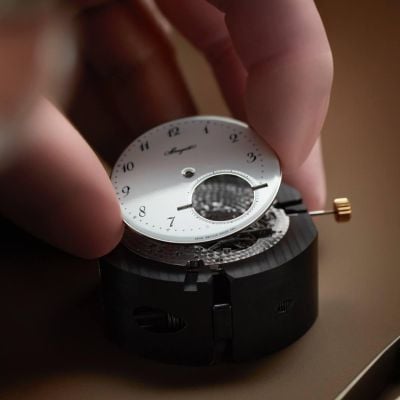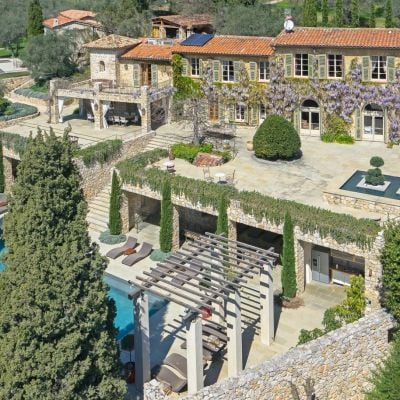Epic Aspirations
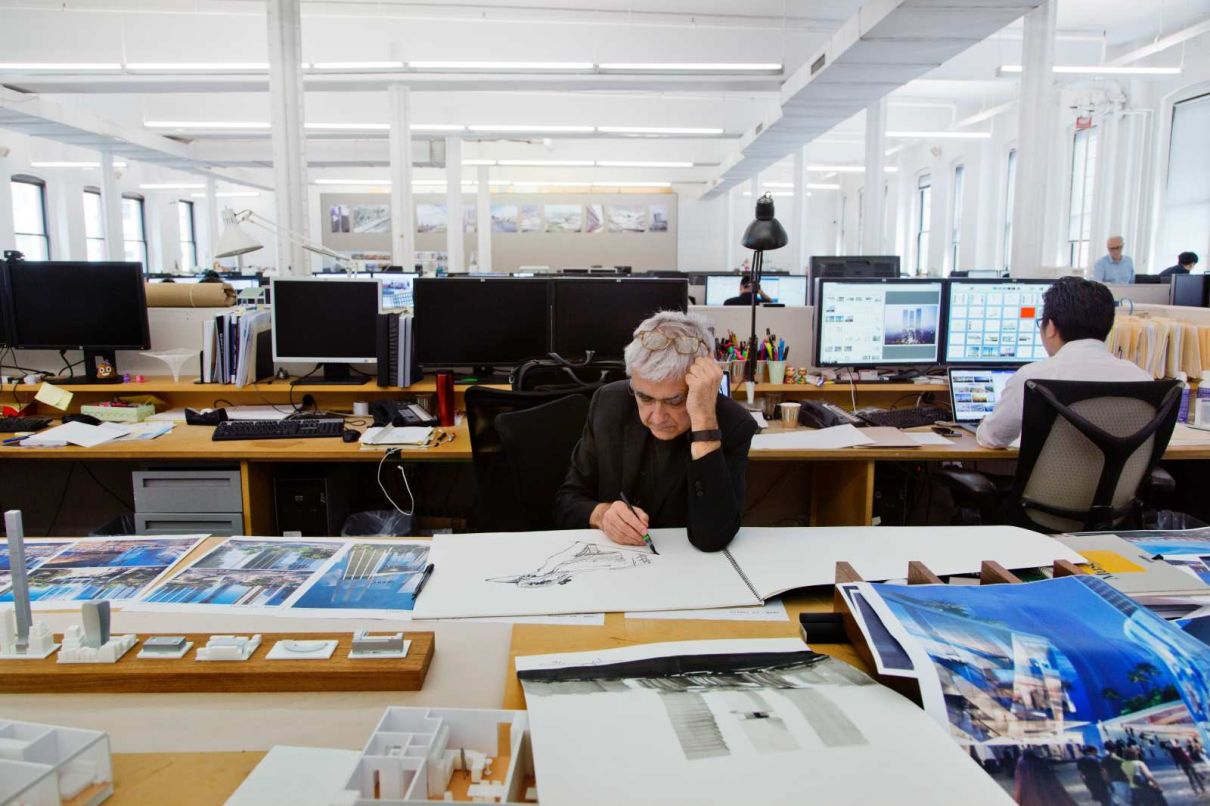
Rafael Viñoly believes in architecture that is imaginative and functionally brilliant.
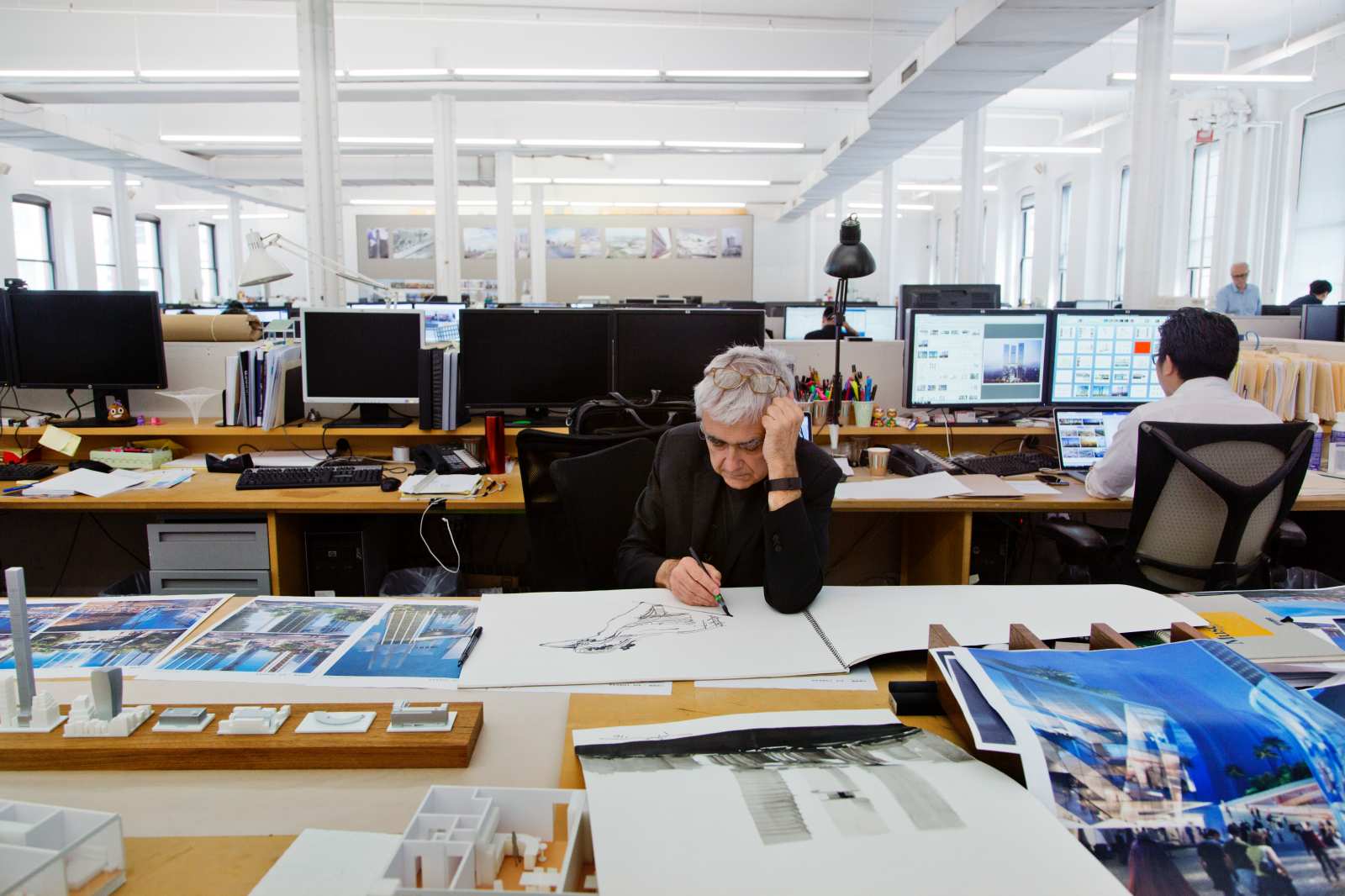
It’s a surreal moment: on Zoom, Rafael Viñoly, one of the world’s most acclaimed architects, has sat down at the baby grand piano in his New York office to give me (at my cheeky request) a private rendition of Mozart’s Piano Sonata No. 10 in C Major. The notes ring out with elegance and depth; he is a seriously accomplished player. Clearly, this is a man who succeeds at what he sets out to do.
As Viñoly admits modestly, he has had a lot of time to practise over lockdown. “In Covid, I spent two years in this office, living up there,” he gestures to a mezzanine bedroom. “I had it and I couldn’t go home, then I ended up staying here. It gave me a chance to really get to know the work better.”
At the age of 77, showing no signs of putting his feet up, Viñoly is a self-confessed workaholic whose favourite place to spend Sunday is the office. With a work ethic that few half his age can match, there is a reason why the Uruguayan architect has been awarded a slew of accolades, as well as being made a fellow of the American Institute of Architects, a member of the Japan Institute of Architects and an international fellow of the Royal Institute of British Architects.
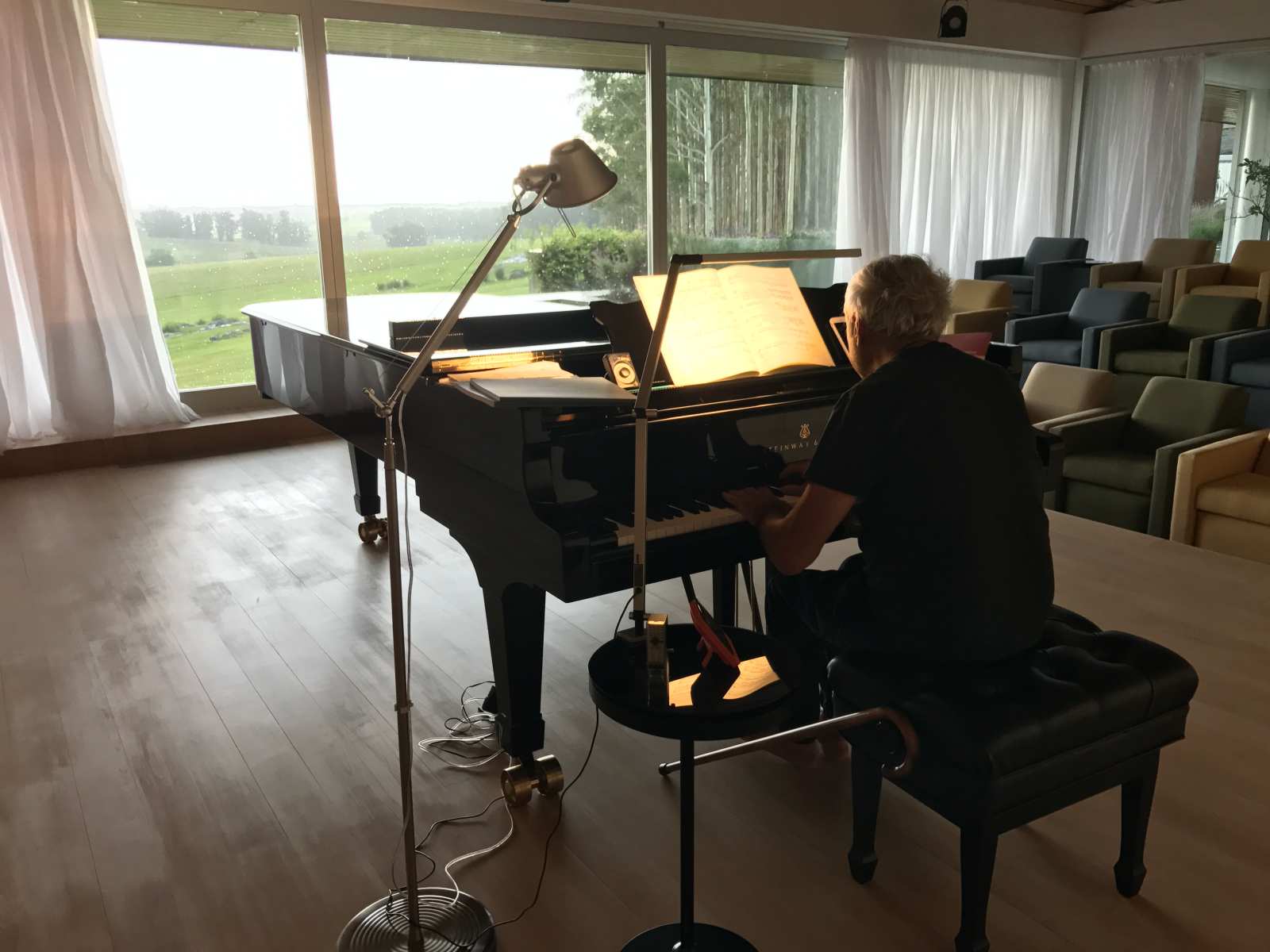
He picks up his laptop and takes me on a virtual tour of his cavernous open-plan office, which employs some 150 staff, pointing out the inspirational hangings and videos he has installed to motivate his staff every day: etchings from Rembrandt; a collection of drawings from Velázquez; images of the universe taken from NASA satellites, and many more, which are regularly rotated. “Surrounded by these things, subliminally you become more cultivated,” he explains.
Working from his eponymous international architectural studio, now approaching its fourth decade, Rafael Viñoly Architects is best known for its uber-luxury, skyline-transforming residential towers in New York, including 432 Park Avenue, Three Waterline Square, and 277 Fifth, as well as numerous high-end private residences in New York City, Eastern Long Island, New York, Punta del Este, Uruguay, Buenos Aires, Argentina, and Malibu, California.
Viñoly is also a master of the masterplan (the masterplan being an overarching planning document and spatial layout used to structure land use and development) such as the Battersea Power Station Master Plan he put forward, it ultimately being the only design to receive approval from the planning commission. With Battersea Power Station, his plan activated what was a dead industrial site, and repurposed it as a zero-carbon, sustainable energy centre, helping integrate the site into the Greater London context by justifying a new public transportation line to it.
His philosophy has always been a belief in the essential responsibility of architecture to elevate the public realm. As in his much-publicised proposal for the World Trade Center site, his greatest interest has been in maximising the opportunity for civic investment generated by every construction project. “With architecture there is a way of leaving something good, a positive thing, that makes people happier,” he reflects.
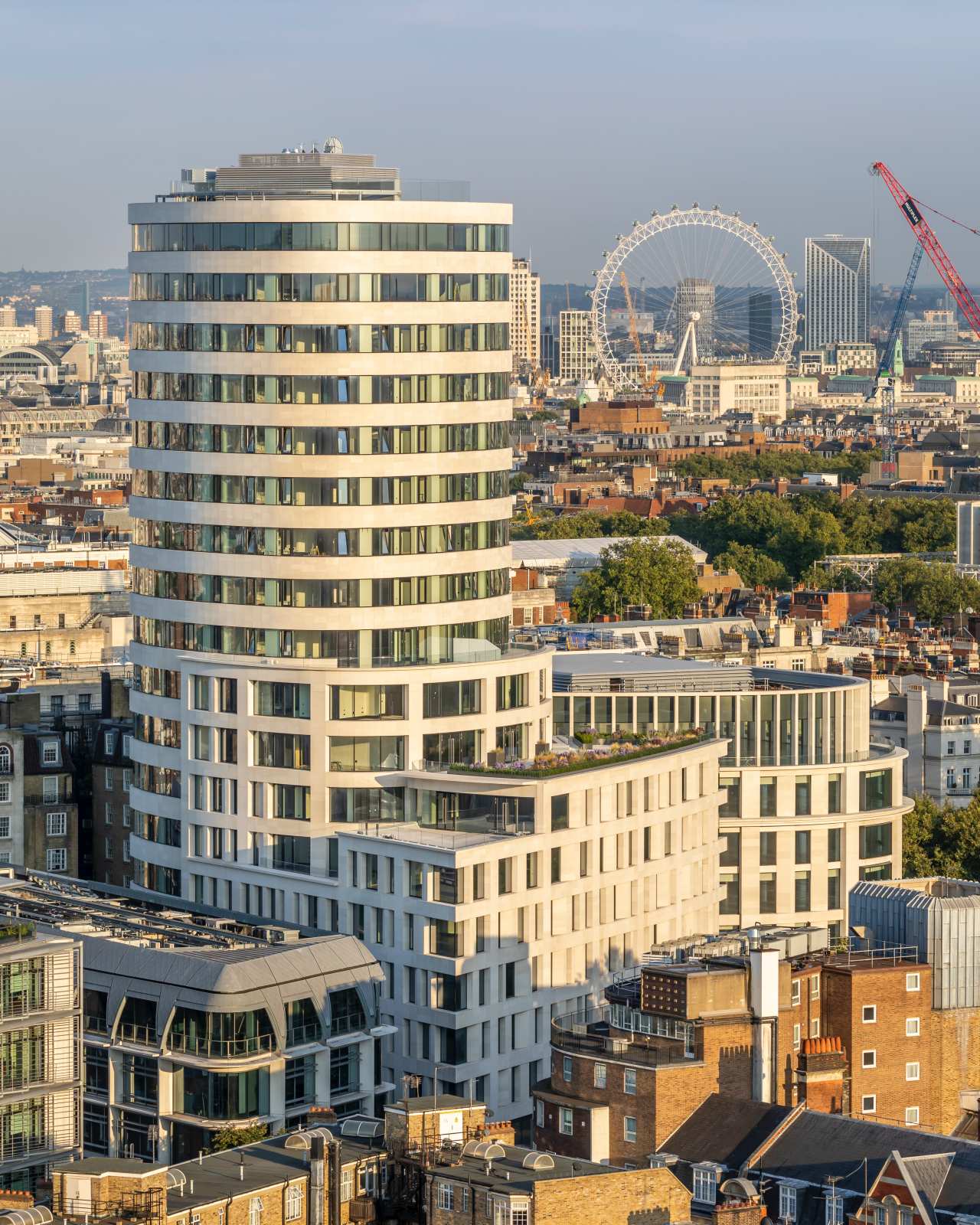
Current residential projects include The Rise, a seven-million-square-foot development in Cupertino, California, with over 40 acres of open space and the largest green roof in the world; 125 Greenwich Street in New York City; and Marble Arch Place in London. Part of the multi-use complex at Marble Arch is a new tower called The Bryanston, comprising 54 luxury apartments in curved Portland Stone overlooking Hyde Park, including a David Collins-designed show apartment; prices start from £2.4 million. As a USP, The Bryanston is notable for its ‘healthy building status’ and has just been awarded with an AirRated Gold score, a global benchmark for clean buildings, with its high-tech air handling units that remove pollutants and pollen through concealed ducts.
Viñoly says he has a special affection for Hyde Park, as it was the location of his first visit to the UK in 1964. “It was striking to me this incredible position on a prominent corner, the hinge between Oxford Street and the park,” he says. “We drew up maybe 25 designs for this development, we settled on it being an urban connector between the park and street behind. The park was what really inspired me, it has a human scale without losing its self-possessedness, a living space that can be used freely by people, animals and birds.”
At this stage of the game, he says, you know what you know but you know what you don’t know. You have to stay curious, keep looking at other people’s work. Balancing a client’s vision and sustainable architecture is an ongoing challenge, he adds.
“Architecture is not fashion design. In fashion, you can design a collection in three months and in four months it is obsolete. But in architecture the whole process takes six or seven years, if you’re not intelligent, you, or the client, may become bored before it is finished,” he muses. “We have to remove this messianic view of the role [of architects] in society, we’re not building pyramids. Yes, it will last, only if it contains the unique moment of extraordinary artistic achievement that architecture should aspire to. It’s the same with every field: paintings, industrialism, writing, photography. It only becomes permanent if it is great art.”
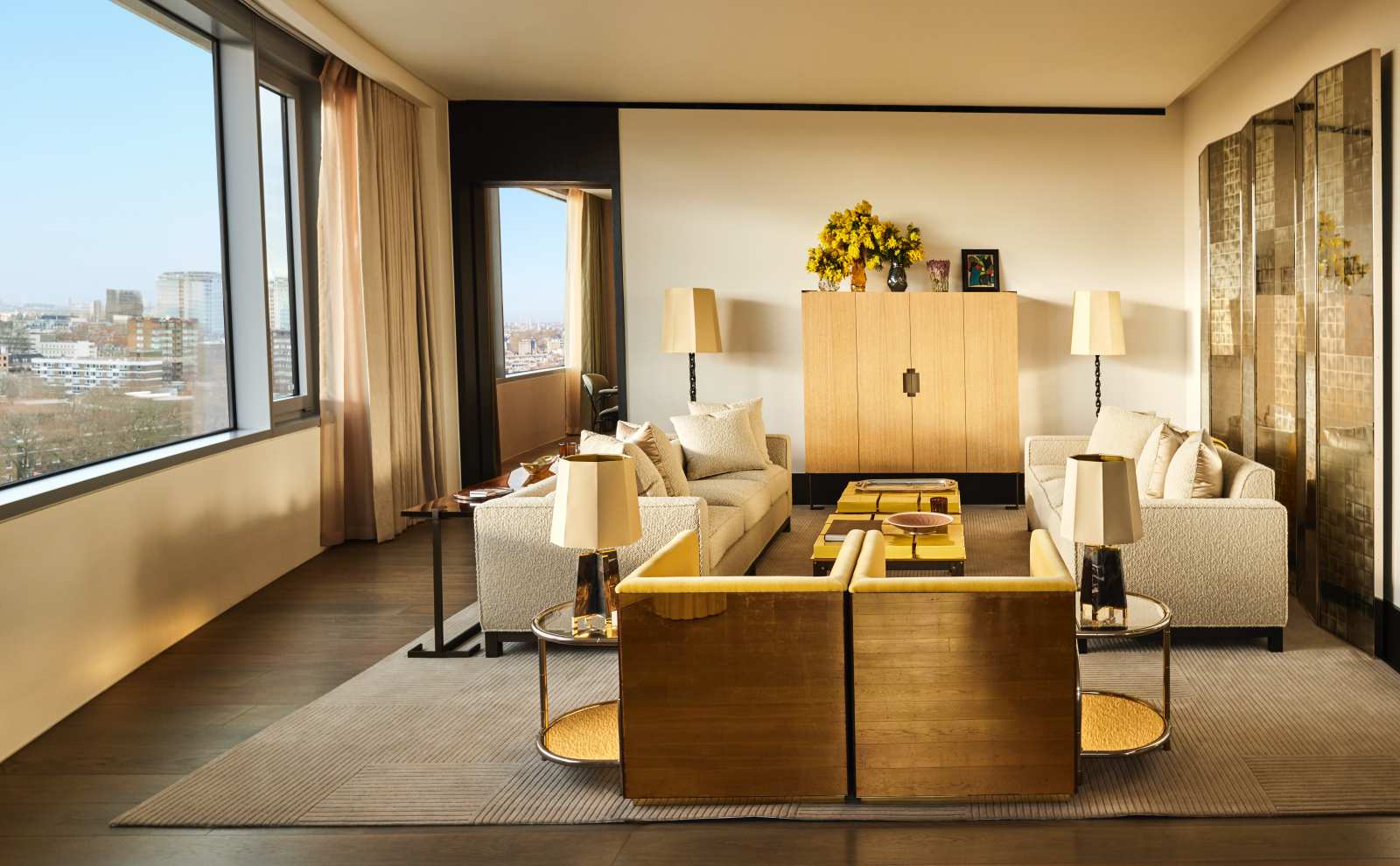
“Now I have been doing this for such a long time, I have a lot of examples of things that became lessons,” he laughs. One such lesson was that of the building he designed at 20 Fenchurch Street in the City of London, also known as The Walkie Talkie, infamous for having “melted” parked cars on the ground below through harsh solar glare. His plans were bought by the developer and he says, adjusted. He shakes his head in frustration. “I don’t believe in loudness in this business. If you’re screaming the wrong word it is going to be there for a long time.” He continues: “You are polarised between artistic practice and something more like engineering and, if there is someone who wants something that is wrong, your function as an architect is to manoeuvre beyond this ridiculous idea of branding.”
“Architecture doesn’t have to be permanent, cities change,” caveats Viñoly, “but what we do affects the social fabric.” He points to the Tokyo International Forum that he designed for a competition in 1989. An enormous glass and steel structure, reminiscent of a ship’s hull, it is one of the most daring buildings in Tokyo and a prominent part of the city’s skyline.
“The Tokyo Forum did something really remarkable. It’s the perfect shape and people keep using it,” he says. “Good architecture is imaginative and functionally brilliant. You feel, in that place, as if you were an angel.”
This article originally appeared in Billionaire's Luminaries Issue. To subscribe, contact





